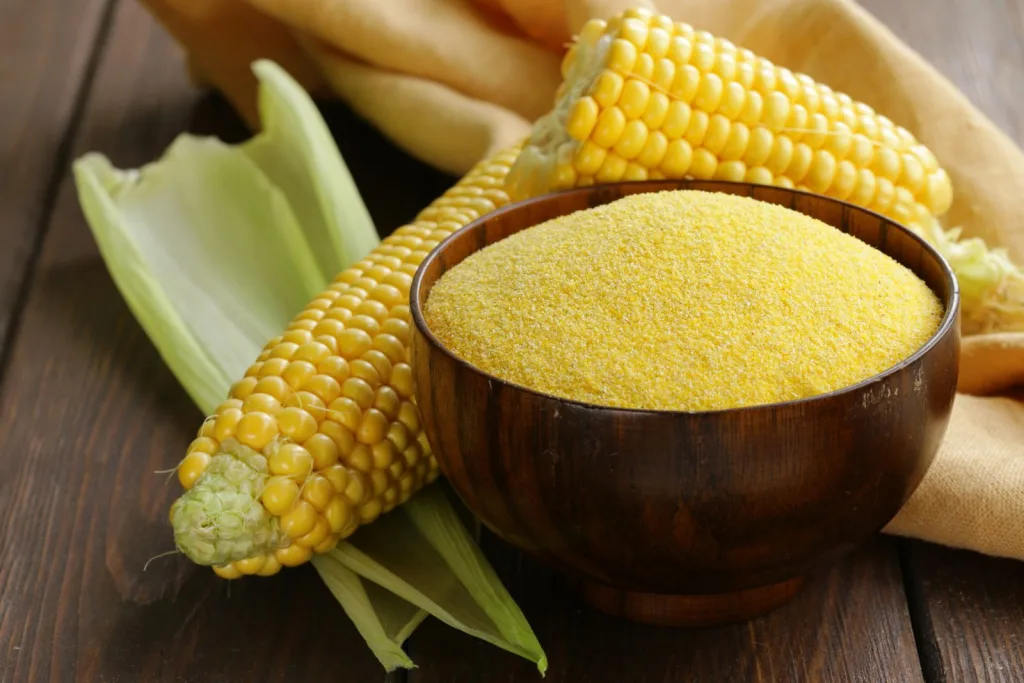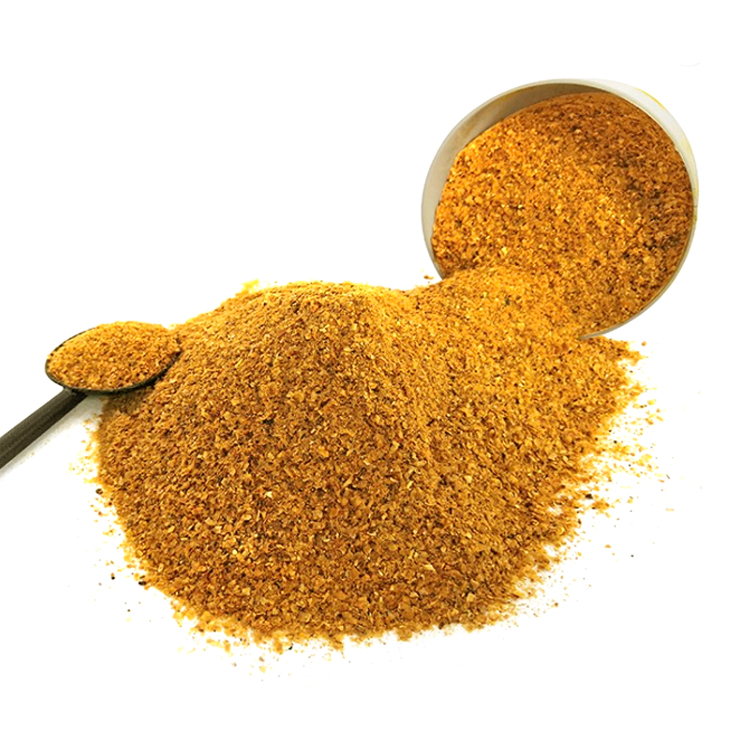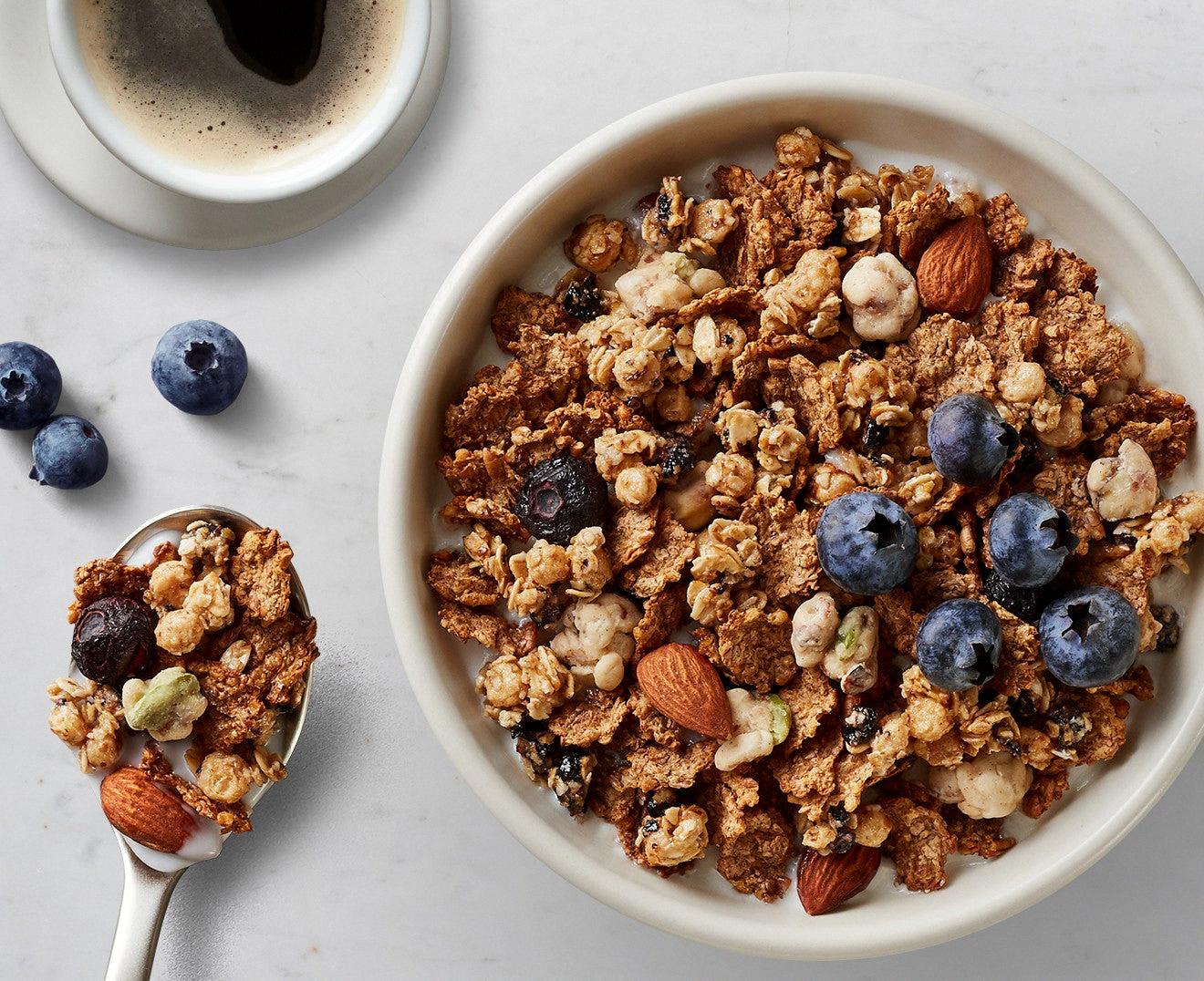Corn is a versatile and valuable crop, used in a variety of ways from food production to fuel. Did you know that one bushel of wet milled corn can be used to produce a multitude of by-products? It’s true!
For starters, one bushel of wet milled corn produces 1.6 pounds of crude corn oil. This oil is used for various cooking purposes, including deep frying and baking. In addition to this, it can also be used in the production of soaps and cosmetics.
The same bushel also produces 13.5 pounds of corn gluten feed which can be used as livestock feed or as an ingredient in pet food products. Corn gluten feed also has some industrial uses such as fertilizers and biofuels.
Furthermore, 2.6 pounds of corn gluten meal are produced during the wet milling process which can be further processed into animal feed or even used to make bioplastics and oter biodegradable products.
Finally, 31.5 pounds of starch are also produced from one bushel of wet milled corn. This starch can be further modified to produce 33 pounds of sweeteners or 2.7 gallons of ethanol for fuel consumption purposes. In fact, many grocery stores contain products that list corn on the label!
It’s clear that even though we mainly think about corn for its nutritional value, it is an extremely versatile crop with many different uses – both domestically and industrially!
Byproducts of Corn
The byproducts of corn are a range of useful materials that are created during the wet milling process. After the corn is harvested, it undergoes a process to separate out the grain from the other components. The grain is then milled and separated into varius components, each with different uses. The main byproducts of wet-milled corn include 1.6 pounds of crude corn oil, 13.5 pounds of corn gluten feed, 2.6 pounds of corn gluten meal and 31.5 pounds of starch. The starch can be further refined to produce 33 pounds of corn sweeteners or 2.7 gallons of ethanol, making these materials a versatile and valuable part of the agricultural industry.

Number of Products Made from Corn
It is estimated that there are over 4,000 products that use corn as an ingredient or have corn as a primary component. Corn can be found in a wide range of items, such as snack foods, cereals, baked goods, energy bars, condiments and sauces, pastas and noodles, ready-made meals and soups, some alcoholic beverages, pet foods, and cosmetics. In addition to being used directly in food products as an ingredient or a thickener, corn is also used to create derivatives like corn syrup and high fructose corn syrup (HFCS), whch are then added to many processed foods. It’s even used to create plastics and packaging materials. In short—corn can be found in many places!
The Main Product of Corn
The main product of corn is grain, which serves as a key ingredient in livestock feed and fuel ethanol production. Corn grain is also processed into a variety of food and industrial products, including starch, sweeteners, corn oil, and beverage and industrial alcohols. The majority of the grain produced is used domestically. Corn is one of the world’s most versatile crops, providing essential nutrition for people and animals as well as raw materials for numerous industrial applications.
Products Made from Corn
Everyday products made from corn are abundant and varied. Corn is used to make a wide range of food products including cereals, snack foods, salad dressings, soft drink sweeteners, chewing gum, peanut butter, hominy grits and taco shells. In addition to these more common uses of corn, specialty types of corn such as white corn, blue corn and popcorn are also used in the manufacture of food products. Corn is also widely used in the production of biofuels and industrial chemicals. Ethanol, a type of fuel that can be produced from corn is commonly blended with gasoline to create a fuel that is better for the environment. Corn is also used as an ingredient in many cosmetics and pharmaceuticals due to its emollient qualities. Finally, paper products such as cardboard boxes are oten made with some percentage of cornstarch-based materials.
Byproducts of Corn
Corn byproducts are materials derived from corn that can be used in a variety of ways. Two common corn byproducts are corn gluten meal and corn germ. Corn gluten meal is a protein-rich feed product used in many animal feed applications, while corn germ is an oil-rich grain used to produce food-grade oils for cooking and baking. Corn gluten meal can also be used as an organic fertilizer, while the oil extracted from the germ can be used to make biodiesel fuel. Both products are environmentally friendly and provide important nutritional benefits for livestock and people alike.

Five By-Products of Corn
1. Corn Oil: A common by-product of corn processing, corn oil is a rich source of linoleic acid and essential omega-6 fatty acids. It is often used as an ingredient in cooking oils, margarines and shortening.
2. Cornstarch: This by-product of corn is composed of pure starch, which can be used as a thickening agent for soups, sauces and gravies. It is also commonly used to make breads, pastries and other baked goods more tender.
3. High Fructose Corn Syrup (HFCS): This sweetener is made from corn syrup that has been treated with enzymes to convert some of the glucose into fructose. It is widely used in many processed foods and beverages due to its sweet taste and low cost compared to other sweeteners.
4. Corn Dextrin: This by-product is derived from the breakdown of cornstarch during the production process, and can be used as an adhesive in papermaking or an additive to food products such as salad dressings or condiments like ketchup or mustard.
5. Corn Gluten Meal: A source of protein that can be used as a fertilizer or animal feed, this by-product can also be added to varius foods like breads and cereals for improved texture and flavor.
Making Alcohol from Corn
Corn whiskey is an American liquor made primarily from corn. Distilled using a traditional mash process, the main ingredient of corn whiskey is—you guessed it—corn! This type of whiskey must follow the tax and identity laws for alcohol under federal law, and differs from moonshine in that it does not contain added sugar. To make corn whiskey, corn is ground up into a meal befre being mixed with water and heated to form a mash. Yeast is then added to the mash to convert the sugars of the corn into alcohol. The resulting liquid is distilled to separate out the alcohol, producing a clear spirit with a high percentage of alcohol by volume (ABV).
Is Whiskey Made From Corn?
Yes, whiskey is primarily made from corn. Yellow dent field corn is the most common type of corn used for whiskey production (specifically yellow dent No. 1 or No. 2, which are quality grades given by the U.S. Department of Agriculture). This type of corn is grown in large quantities to feed cattle and produce ethanol and other plastic products. The grain is mashed or cooked, fermented, distilled and aged in barrels before it’s ready to be enjoyed as a high-quality whiskey.
Is Corn Meal a Byproduct?
Yes, corn meal is a byproduct of corn processing. The endosperm of the corn kernel is ground into a fine powder to produce the meal. This meal contains high levels of proteins, primarily zein and glutelin, making it an ideal feed for animals. Additionally, it can be used in various recipes as a thickener or binder in baked goods and other dishes.

Source: shop.clifbar.com
The Inability to Digest Corn
Humans lack the necessary enzymes to break down certain components of corn, such as the outer shell or hull which is composed of cellulose. As a result, when corn is consumed, it passes through our digestive systems without being broken down and can be seen in stool as undigested particles. The food components inside the hull are more easily digested by humans, however, due to the indigestible cellulose content, it’s not uncommon to find undigested corn in your stool.
Uses of Corn Waste
Corn stover, which is the stalks, leaves, husks and tassels left in the field after harvesting the grain with a combine, has several uses. It can be used to create advanced biofuels, provding a renewable source of energy. Additionally, it can be used as low quality emergency livestock feed. Corn stover is also used for composting and mulching to improve soil structure and fertility. Furthermore, it can be used to produce ethanol, although this process is generally limited by environmental concerns as well as economic considerations. Finally, corn stover can be processed into composite building materials such as fiberboard and particleboard for use in furniture production.
Is Toothpaste Made from Corn?
No, toothpaste is not made of corn. While some toothpaste brands may use corn-derived ingredients, such as sorbitol, most toothpastes are made with a combination of ingredients such as abrasives, fluoride compounds, humectants, flavorings, binders, preservatives and surfactants. Sorbitol is often derived from corn but is also found in many fruits and vegetables. It is used to help keep the toothpaste moist and to add sweetness to the flavor profile.
Is Corn Oil a Byproduct?
Yes, corn oil is a byproduct of the production of corn meal and starch. It is created as a result of pressing the kernel to extract the oil from it durng the meal and starch-making process. The fatty acid composition of corn oil is composed mainly of linoleic acid, which makes up 58-62% of its total composition. Corn oil is also comprised of various triacylglycerol molecules, such as LLL (25%), LLO (22%), LLP (15%), OOL (11%), and PLO (10%). All in all, corn oil is an important byproduct of the production process and plays an essential role in providing nutrients to humans and animals alike.

Conclusion
In conclusion, corn is a versatile crop that can be used in a variety of ways. From food products such as cereals and snack foods to fuel ethanol production, corn is an essential part of our everyday lives. Through wet milling, corn can be broken down into crude oil, corn gluten feed, corn gluten meal, and starch. These products can then be further modified to produce sweeteners or ethanol. No matter the use, it is clear that the byproducts of corn are vital across many industries.
